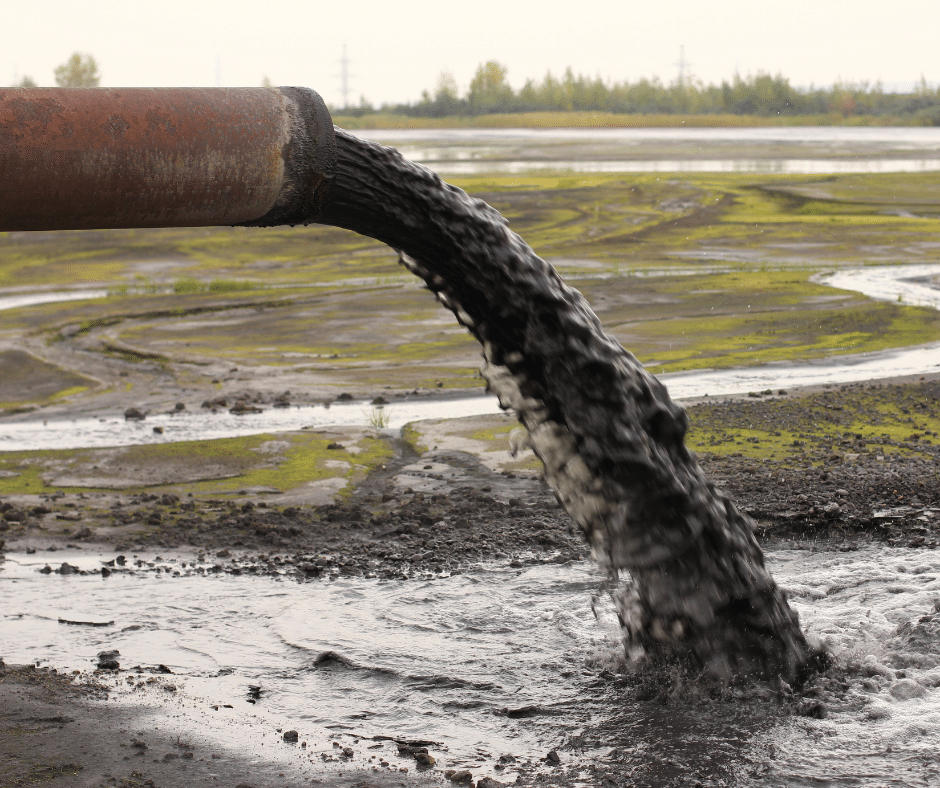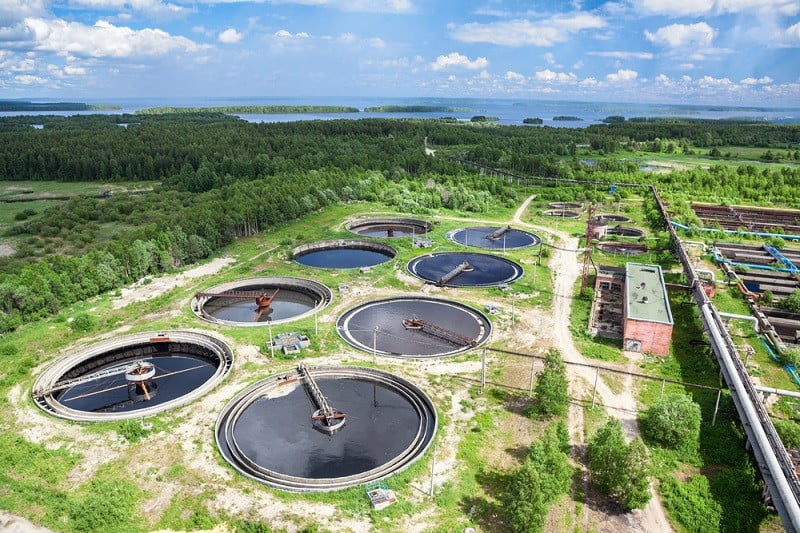Leading Liquid Waste Disposal Melbourne: Trusted Providers for Correct Waste Monitoring
Wiki Article
How Fluid Garbage Disposal Works: An In-depth Summary of Techniques and Technologies Employed

Review of Fluid Waste Types
The complexity of liquid waste kinds necessitates a thorough understanding of their attributes and effects for disposal. Fluid waste can extensively be classified right into numerous kinds, consisting of industrial, community, farming, and unsafe waste. Each group displays unique residential properties, calling for specific monitoring approaches to alleviate environmental and health risks.
Industrial liquid waste originates from making procedures and typically includes a series of pollutants, such as heavy steels, solvents, and organic compounds. Community fluid waste, largely making up wastewater from families and commercial facilities, includes organic issue, nutrients, and microorganisms (industrial wastewater treatment). Agricultural liquid waste, consisting of overflow from farms, may include fertilizers, chemicals, and animal waste, posing threats to water high quality and environments
Hazardous liquid waste is characterized by its toxicity, sensitivity, or prospective to cause harm. Comprehending these varied liquid waste kinds is vital for creating effective disposal techniques and making sure conformity with environmental laws.
Physical Treatment Methods

Testing is the preliminary action, where bigger fragments and particles are eliminated from the liquid waste utilizing displays or grates. This process secures downstream devices from damage and guarantees smoother operation. Following screening, sedimentation utilizes gravitational pressure to different solids from fluids. In sedimentation storage tanks, much heavier bits work out near the bottom, forming a sludge layer, while the made clear fluid can be more dealt with.
Filtration is another essential approach that includes passing the fluid via permeable materials, such as sand or membrane layers, to catch smaller fragments. This step boosts the quality of the liquid, making it ideal for subsequent therapy procedures.

Chemical Treatment Strategies
Chemical therapy techniques are essential for effectively managing fluid waste, particularly in resolving dissolved and colloidal impurities that physical methods may not sufficiently get rid of. These methods make use of various chemical representatives to reduce the effects of, precipitate, or transform unsafe substances right into much less harmful types.One usual method is coagulation and flocculation, where chemicals such as alum or ferric chloride are included to advertise the aggregation of put on hold particles. This procedure boosts sedimentation, enabling much easier elimination of the resulting sludge. Additionally, oxidation processes, employing representatives like chlorine or ozone, are like this used to damage down complex organic substances and pathogens, making the waste more secure for discharge or more treatment.
Neutralization is another important strategy, which adjusts the pH of acidic or alkaline waste streams to neutral degrees, protecting against potential harm to downstream systems and the atmosphere. Moreover, progressed oxidation processes (AOPs) utilize combinations of oxidants and ultraviolet light to break down consistent toxins, attaining a greater degree of therapy efficiency.
Biological Treatment Processes
Organic therapy procedures play a crucial role in the management of liquid waste by making use of microbes to decompose raw material and lower impurity degrees. These procedures can be generally categorized right into cardio and anaerobic treatments, each employing specific microbial neighborhoods to accomplish effective waste degradation.Aerobic therapy entails using oxygen to facilitate the breakdown of natural products by germs. This process is commonly carried out in activated sludge systems, where oygenation containers give a favorable environment for microbial growth, leading to the oxidation of natural contaminants. The resultant biomass can be click to read separated from dealt with effluent with sedimentation.
In contrast, anaerobic treatment takes place in the lack of oxygen, relying on various germs to damage down natural matter. This method is specifically helpful for high-strength waste, as it generates biogas, a renewable resource source, while reducing sludge manufacturing. Technologies such as anaerobic digesters are frequently used in commercial and community applications.
Both cardio and anaerobic organic treatments not just decrease the ecological effect of fluid waste however additionally assist in resource recovery, making them essential elements of sustainable waste administration strategies. Their performance, versatility, and effectiveness sustain their extensive implementation across numerous sectors.
Emerging Technologies in Disposal
Cutting-edge methods to fluid garbage disposal are rapidly progressing, driven by advancements in innovation and a raising focus on sustainability. Amongst these arising technologies, membrane bioreactors (MBRs) have actually obtained grip for their ability to integrate organic therapy with membrane layer filtration, resulting in top notch effluent that can be recycled in various applications. MBRs allow smaller footprints and a lot more effective procedures contrasted to traditional systems.Another appealing advancement is making use of anaerobic food digestion incorporated with nutrient recovery innovations, which not only treats liquid waste but likewise produces biogas and recoups beneficial nutrients like nitrogen and phosphorus. This twin advantage improves resource effectiveness and decreases ecological effect.
Furthermore, advanced oxidation processes find this (AOPs) are being taken on for the destruction of intricate natural toxins. These approaches use powerful oxidants and catalysts to damage down contaminants at the molecular level, supplying a very efficient service for challenging waste streams.
Furthermore, the combination of expert system and artificial intelligence in waste administration systems is enhancing operational efficiency and anticipating maintenance, resulting in reduced costs and boosted ecological compliance. These modern technologies mirror a considerable shift in the direction of even more reliable and sustainable fluid waste disposal methods.
Final Thought
Finally, reliable liquid garbage disposal requires a comprehensive understanding of different methods and innovations. The combination of physical, chemical, and organic treatment techniques makes sure the effective management of diverse waste types. Additionally, the emergence of innovative innovations enhances therapy effectiveness and promotes sustainability in waste monitoring practices. By continuously advancing these techniques, it becomes feasible to resolve the expanding challenges related to fluid waste, ultimately adding to environmental management and source recovery.Liquid waste disposal is an important aspect of ecological management, calling for a thorough understanding of various techniques and technologies customized to various waste kinds. Fluid waste can extensively be classified right into numerous types, including industrial, municipal, agricultural, and dangerous waste. Agricultural liquid waste, including overflow from farms, might consist of plant foods, chemicals, and animal waste, presenting dangers to water high quality and environments.
Numerous physical therapy techniques play an essential duty in handling liquid waste effectively - industrial wastewater treatment.In conclusion, reliable liquid waste disposal requires a detailed understanding of different techniques and technologies
Report this wiki page